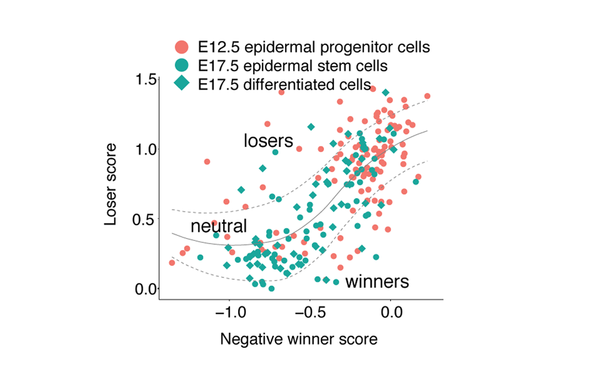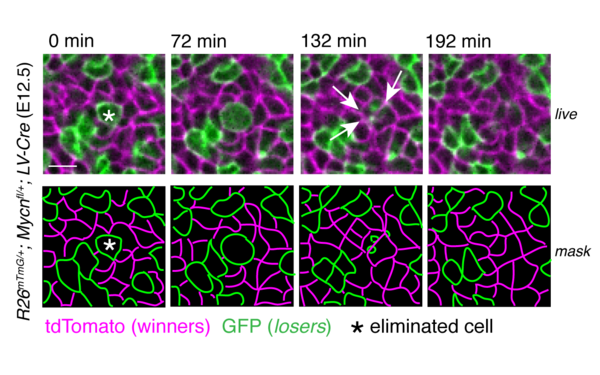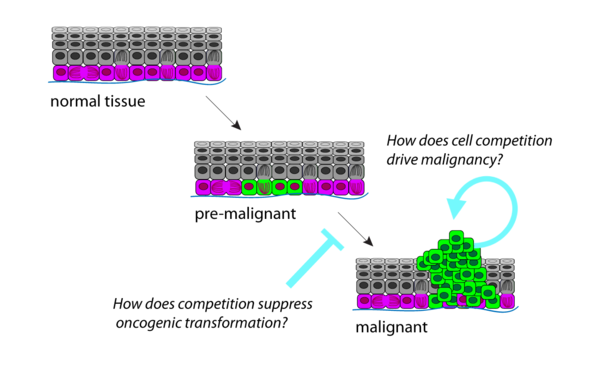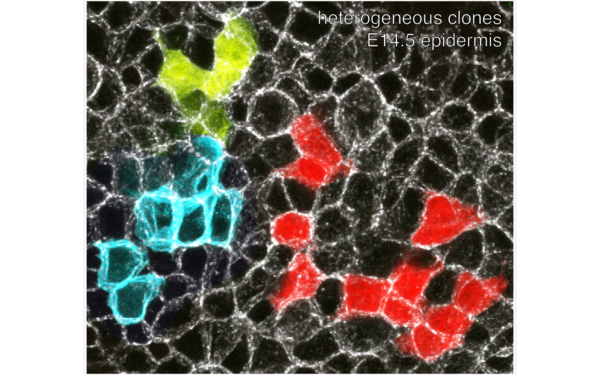Stephanie Ellis
Stephanie obtained her PhD from the University of British Columbia where she studied cell adhesion in the fly embryo with Guy Tanentzapf. She then completed her post-doctoral training with Elaine Fuchs at Rockefeller University supported by HFSP, NYSCF and NIH-K99 fellowships. Stephanie opened her research group at the Max Perutz Labs as an Assistant Professor at the University of Vienna in February 2022.











